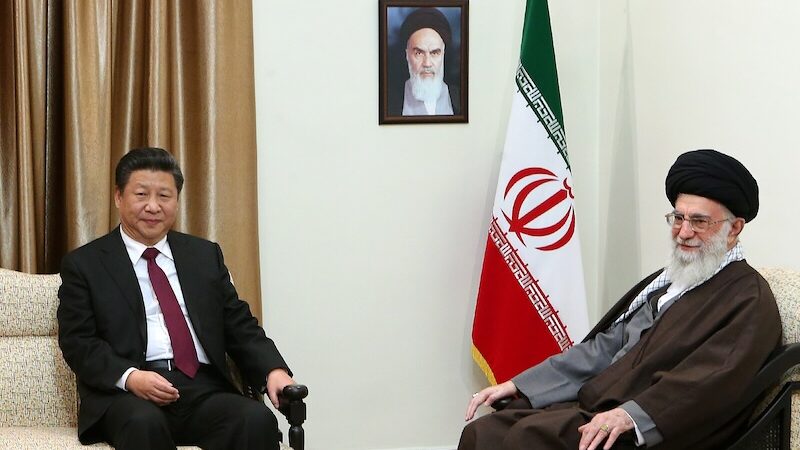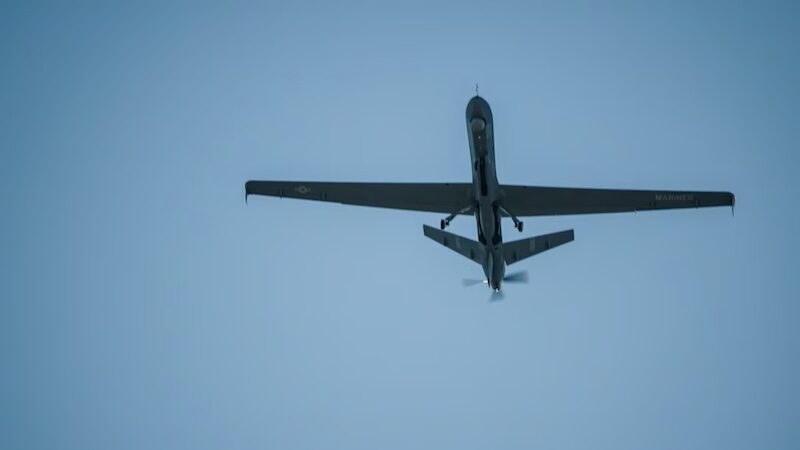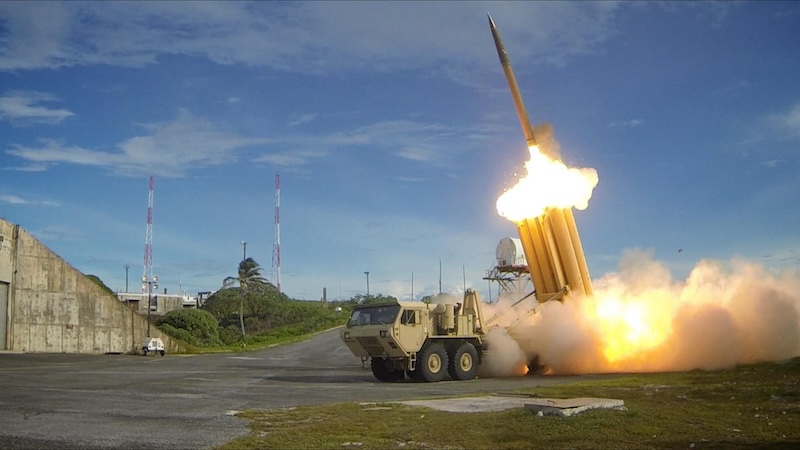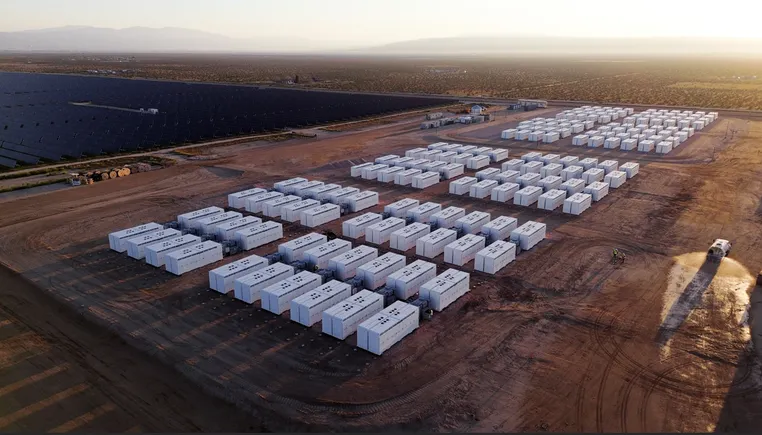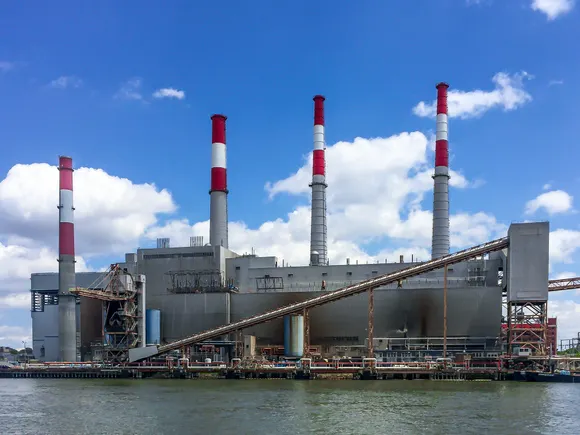Lockheed ‘looking for partners’ on NATO next-gen helo bid, will build in Europe
“Especially from an X2 standpoint, the largest procurement out there is really NGRC. And that recapitalization of the helicopter fleet in Europe is the largest thing we see today at least in the next five or 10 years,” said Sikorsky boss Rich Benton.


Lockheed Martin subsidiary Sikorsky’s S-97 made its international debut at the Paris Air Show this year. (Michael Marrow/Breaking Defense)
PARIS AIR SHOW — Following the cancellation of an Army helicopter program and a loss in another, Lockheed Martin is chasing a European competition to sell its internally developed military rotor technology, and plans to partner with companies on the continent to produce the aircraft here in Europe if successful.
“That’s the way that the business model will be set up,” Lockheed Martin subsidiary Sikorsky’s Director of International Business Development Frank Crisafulli said today in a briefing with reporters when asked about whether Lockheed would seek to build a futuristic military helicopter in Europe for the Next Generation Rotorcraft Capability (NGRC) program. “We’re looking for partners to be able to do that.”
This week’s Paris Air Show marked the international debut for the S-97 Raider helicopter design that the company adapted for the Army’s now-defunct Future Attack Reconnaissance Aircraft (FARA) program. The Army’s decision to cancel FARA last year left Europe as the primary opportunity for Lockheed to sell its next-gen military helo technology, dubbed X2. It’s also one of the few future helo programs left up for grabs, following Lockheed’s loss to Bell Textron in 2022 for the Army’s Future Long Range Assault Aircraft effort.
“Especially from an X2 standpoint, the largest procurement out there is really NGRC. And that recapitalization of the helicopter fleet in Europe is the largest thing we see today at least in the next five or 10 years from that standpoint,” said Sikorsky boss Rich Benton. The NGRC program, launched in 2020 by NATO, aims to replace hundreds of medium-lift helicopters across Europe starting in the late 2030s.
Lockheed has invested over a billion dollars to date and continues to tap its own internal funds to further develop the X2 technology, which is distinguished by counter-rotating, coaxial rotors and a pusher propeller. The company was selected to advance for the latest phase of the NGRC program last year alongside Airbus and Leonardo; Lockheed, has pledged to work with a litany of European suppliers.
“We’ve invested a lot to demonstrate X2 technology,” said Benton. “It’s not a technical leap. The technology is demonstrated.”
A next-gen helo will also need a suitable engine, and one potential candidate recently found itself on the US Army’s chopping block: the T901 powerplant, developed through the service’s Improved Turbine Engine Program. While Congress could still come to the program’s rescue, T901 manufacturer GE Aerospace is pushing to accelerate the program to keep it alive in the meantime, stressing that the powerplant could be applicable for efforts like NGRC.
Asked whether Lockheed’s NGRC bid would be limited to next-gen engine designs such as the T901, Benson said, “We’re not limited to that,” stressing the importance of “an engine that can get the full benefit of the capability of the aircraft” whether from the US or Europe.
“How fast you go is a function of how much horsepower you put in relative to the drag of the machine, but how far you go is, how modern and efficient is that engine?” said Sikorsky S-97 test pilot Bill Fell. “And so I think that we would obviously like the most modern and most efficient engine. But there are logistics.”


















































































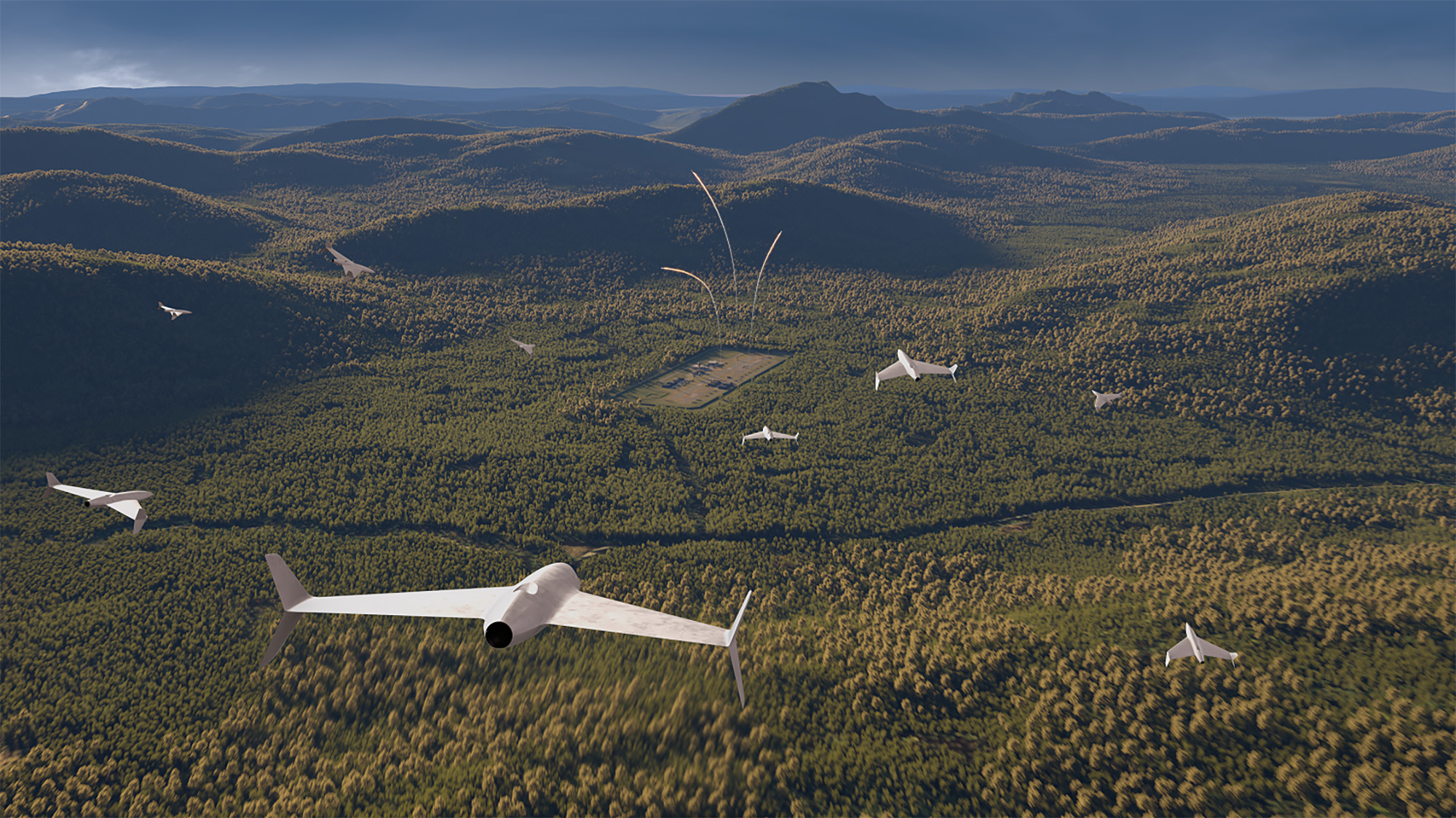

![The sights of the Paris Air Show Day 2 [PHOTOS]](https://breakingdefense.com/wp-content/uploads/sites/3/2025/06/IMG_1837-scaled-e1750181568851.jpg?#)













![[Updated] U.S. Air Force Mobilizes F-22s and F-35s as Situation in Middle East Escalates](https://theaviationist.com/wp-content/uploads/2025/06/F-22_F-35_CENTCOM-top.jpg)




